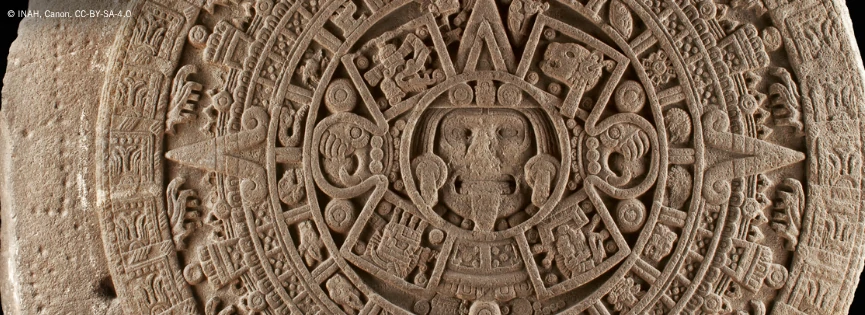Main content
National Museum of Anthropology of Mexico 2025 Princess of Asturias Award for Concord

Mexico’s National Museum of Anthropology (Spanish acronym, MNA) was founded in 1940 when part of the collection of the then National Museum of Archaeology, History and Ethnography was transferred to Chapultepec Castle. Its current name comes from the original institution in which only pre-Hispanic and ethnographic collections were exhibited. In 1960, the Mexican government approved the construction of a new museum, the current building, in Chapultepec Park. It opened in 1964 and captured international attention as a symbol of development, modernity and the avant-garde. Its mission is to research, conserve, exhibit and disseminate Mexico’s most important archaeological and ethnographic collections. It forms part of the network of museums of the country’s National Institute of Anthropology and History (Spanish acronym, INAH), which appointed Antonio Saborit as director in 2013. It has a Board of Trustees that supports its activities, particularly restoration and conservation projects, by raising funds through private donors and national and international companies, memberships, the MNA Store and events. In 2024, the MNA reached its highest visitor figure, with more than three million people frequenting its facilities.
Conceived as a space for reflection on the indigenous heritage of the Mexican nation, the MNA is considered one of the most important museums in Ibero-America and a reference institution worldwide for the study of humanity due to its commitment to the preservation, research and dissemination of cultural heritage. Furthermore, it maintains a close relationship with Spain and Spanish culture, as its halls also house objects from the period of viceregal rule that reflect the fusion of indigenous and Spanish cultures and the reciprocal relationship that historically existed between them, nourishing and enriching each other. The MNA is the country’s largest museum, with more than twenty halls occupying a surface area of forty-five thousand square metres, thirty thousand of which are dedicated to exhibitions. In its nearly six decades of existence, its collections comprise two hundred and fifty thousand pieces from all over Mexico, of which some eight thousand are on display. Since 1972, following the Federal Law on Archaeological, Artistic and Historical Monuments and Areas, its collections have been exclusively supplied with pieces from INAH archaeological projects and the repatriation of others from abroad.
Its archaeological collection dates back to the late 18th century with the urban improvement work carried out by the Count of Revillagigedo, Viceroy of New Spain. Among the dozens of Mexican sculptures found at that time, there were three important monoliths: the sculpture of the goddess Coatlicue, the Sun Stone, and the Stone of Tízoc. Among its emblematic pieces are Xochipilli or the Lord of the Flowers (from the Mexica culture), the tombstone, funerary offerings and jade mask from the tomb of the Mayan emperor Pakal and the mask of the Bat God (which belongs to Zapotec art). In July 2017, the MNA received for safekeeping and proper preservation the oldest directly dated and genetically intact prehistoric female skeleton in the Americas, known as “Naia”, unearthed in 2007 and estimated to be 13 000 years old. Some of the MNA’s exhibits have travelled the world on loan from the museum to other exhibitions in countries such as the Netherlands, Russia and Australia. In addition to the permanent exhibition, the museum organizes temporary exhibitions and also hosts both national and international travelling exhibitions. It boasts an educational communications department that designs and implements educational strategies for students, teachers and families.
The distinctions the MNA has received include the 1808 Medal from the Government of the Federal District and the United Mexico Foundation “For the Excellence of What is Ours” Award (2010). Designed by Pedro Ramírez, the museum building also houses the National Library of Anthropology and History, one of the most important in the country, and has been declared an Artistic Monument by the Mexican government.
End of main content
